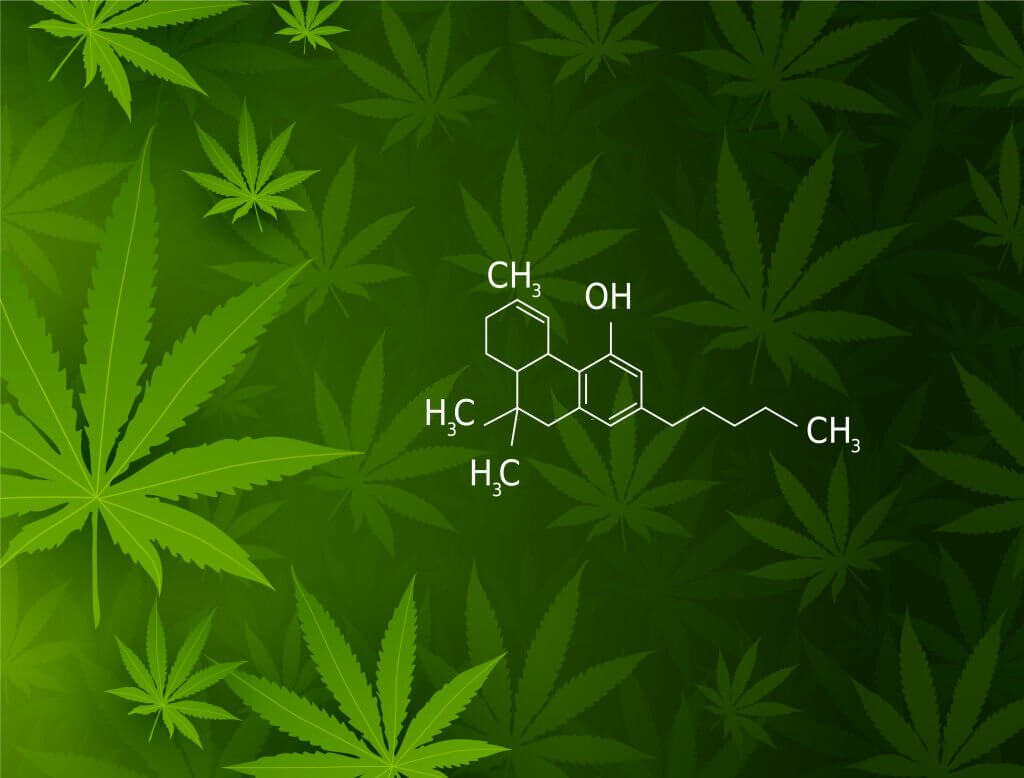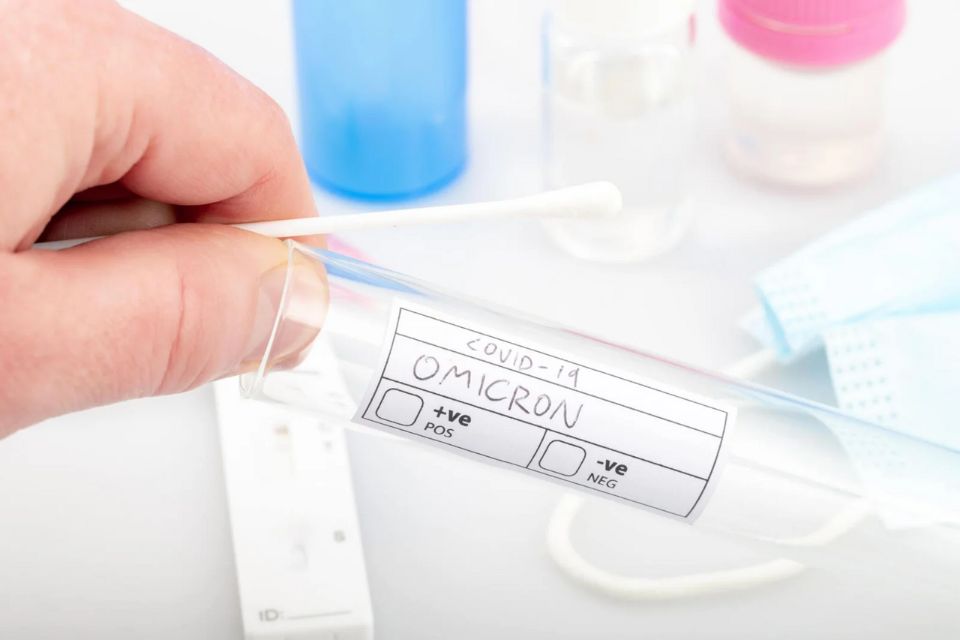How Hydrophobicity Makes THC Tricky to Handle Analytically

Why is THC so Extremely Hydrophobic?
THC is highly hydrophobic, with an octanol-water partition coefficient (log Kow) as high as 6.4. This extreme hydrophobicity arises from THC's chemical structure containing effective alkyl substituents and aromatic ring systems. The numerous nonpolar C-H bonds in THC strengthen its hydrophobicity. Additionally, THC's planar and rigid molecular geometry prevents intramolecular hydrogen bonding. These factors make THC extremely hydrophobic.
What Analytical Issues Does THC's High Hydrophobicity Cause?
The high hydrophobicity causes some analytical issues in liquid chromatography-mass spectrometry (LC-MS) analysis of THC. Plastic materials should be avoided where possible, as THC tends to adsorb onto plastic surfaces. THC can also be lost by adsorption onto syringe filters and pipette tips. Moreover, THC stability differs in various container materials, being poorest in plastics. To minimize the impact of THC adsorption on analytical results, deuterated THC can be used as an internal standard.
How Does THC's High Hydrophobicity Affect Its Extraction and Enrichment?
THC's hydrophobicity aids its extraction and enrichment. Hydrophobic solid-phase extraction techniques can be utilized, choosing sorbents with strong hydrophobicity to extract THC via hydrophobic interactions. THC's high hydrophobicity also enables its migration from water into organic solvents. Sorbents with hydrocarbon functionalities are suitable for enriching THC from samples. Additionally, adding an optimal amount of organic solvent to aqueous samples assists THC's transfer to the extracting solvent, improving extraction efficiency.
How Does THC's High Hydrophobicity Affect Its Environmental Partitioning?
THC's hydrophobicity hinders its migration in aquatic environments but promotes its accumulation in sewage sludge and sediments. Studies show THC and its metabolites have high partition coefficients, tending to adsorb onto sludge particulates. Thus, THC is unlikely to exist in dissolved form in water, but rather adsorbed onto sludge and sediment. This enables efficient THC removal by wastewater treatment plants but also risks THC contamination of sludge and sediment. Detecting THC in environmental solid phase samples is therefore necessary.
How Does THC's High Hydrophobicity Affect Its Bioavailability and Toxicity?
Due to its high hydrophobicity and lipophilicity, THC can readily permeate cell membranes and accumulate in the lipid fractions of organisms. This enhances THC's bioavailability and potential biomagnification through food chains, posing risks to organisms. THC's toxicity mechanism mainly involves interacting with the endogenous cannabinoid system. THC can enter the central nervous system and bind cannabinoid receptors in the brain, causing various psychoactive effects. THC's high lipophilicity facilitates its entry into the human body via inhalation, ingestion and transdermally, enhancing its bioactivity.
In summary, THC's molecular structure leads to its extreme hydrophobicity, which significantly impacts its analysis, extraction, environmental partitioning and biological effects. Future related research needs to consider THC's hydrophobic properties and take targeted strategies. Meanwhile, THC's high hydrophobicity also implies potential environmental and health risks.
Click to View → Mantacc Forensic Oral Fluid Collector
References
-
1. How ZT, Gamal El-Din M. A critical review on the detection, occurrence, fate, toxicity, and removal of cannabinoids in the water system and the environment. Environ Pollut. 2021 Jan 1;268(Pt A):115642. doi: 10.1016/j.envpol.2020.115642. Epub 2020 Sep 14. PMID: 33032096; PMCID: PMC7489229.
-
2. Solin, K.; Vuoriluoto, M.; Khakalo, A.; Tammelin, T. Cannabis detection with solid sensors and paper-based immunoassays by conjugating antibodies to nanocellulose. Carbohydr. Polym. 2023, 304, 120517. [Google Scholar] [CrossRef]
-
3. C. Azorín, J.L. Benedé, A. Chisvert, A. Salvador. Trace determination of tetrahydrocannabinol (THC) in cosmetic products by stir bar sorptive dispersive microextraction followed by liquid chromatography-tandem mass spectrometry. Talanta, 253 (2023), Article 123934, 10.1016/j.talanta.2022.123934
Related Posts
Prolonged Detection Times: An In-depth Look at the Oral Swab Test for THC









